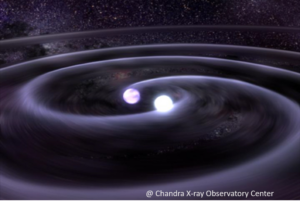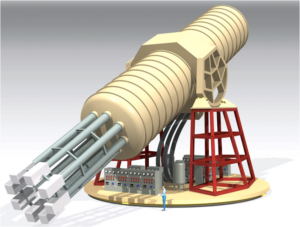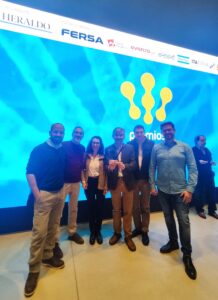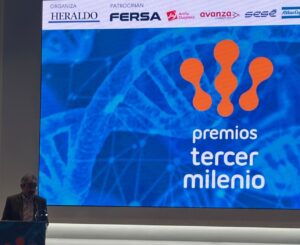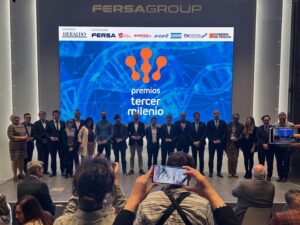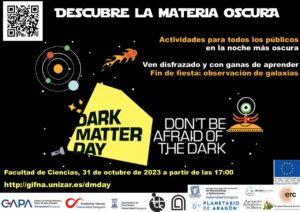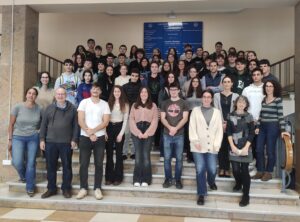CAPA will lead the ERC-Synergy project «DarkQuantum» funded with almost €13M to develop quantum sensors and apply them to the detection of Dark Matter
The researcher Igor García Irastorza, professor of Atomic, Molecular and Nuclear Physics and new director of the Center for Astroparticles and High Energy Physics (CAPA) of the University of Zaragoza, coordinates the DarkQuantum project, which has just won a prestigious «Synergy Grant» from the European Research Council (ERC), endowed with almost 13 million euros of which 4 were assigned to the Zaragoza node.
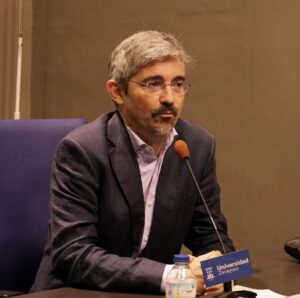
The aim of the project is the development of new quantum sensors of unprecedented sensitivity and their application in experiments to search for axions, hypothetical particles that could make up Dark Matter. The project is based on the Aragonese researcher’s extensive experience in this type of experiments, exploiting recent innovations in the field of quantum technologies. It includes, in addition to Irastorza, three other international experts in different aspects of quantum technologies, namely Takis Kontos of the École Normale Supérieure de Paris, Sorin Paraoanu of Aalto University in Finland, and Wolfgang Wernsdorfer of the Karlsruhe Institute of Technology in Germany.
UNIZAR Press Release (in Spanish).
The press conference (in Spanish) is available on the YouTube channel of the University of Zaragoza
Press releases from the Finnish, French and German nodes of the project.
CAPA lidera el proyecto ERC-Synergy “DarkQuantum” financiado con casi 13M€ para desarrollar sensores cuánticos y aplicarlos a la detección de la Materia Oscura
El investigador Igor García Irastorza, catedrático de Física Atómica, Molecular y Nuclear y nuevo director del Centro de Astropartículas y Física de Altas Energías (CAPA) de la Universidad de Zaragoza, coordina el proyecto DarkQuantum, que acaba de conseguir una prestigiosa “Synergy Grant” del Consejo Europeo de Investigación (European Research Council, ERC), dotada con casi 13 millones de euros, de los cuales 4 asignados al nodo de Zaragoza.
El objetivo del proyecto es el desarrollo de nuevos sensores cuánticos de sensibilidad sin precedentes y su aplicación en experimentos de búsqueda de axiones, partículas hipotéticas que podrían componer la Materia Oscura. El proyecto se apoya en la extensa trayectoria del investigador aragonés en este tipo de experimentos, explotando innovaciones recientes del campo de las tecnologías cuánticas. Incluye, además de Irastorza, otros tres expertos internacionales en distintos aspectos de las tecnologías cuánticas, a saber, Takis Kontos de la École Normale Supérieure de Paris, Sorin Paraoanu de la Universidad Aalto en Finlandia, y Wolfgang Wernsdorfer del Instituto Tecnológico de Karlsruhe, Alemania.
Nota de prensa UNIZAR.
La rueda de prensa está disponible en el canal de YouTube de la Universidad de Zaragoza
Notas de prensa de los nodos finlandés, francés y alemán del proyecto






